Volcanoes have left an undeniable mark on human history, creating both natural disasters and fertile landscapes. They’ve toppled civilizations, altered the climate, and even shifted global trade routes. Some of these volcanic eruptions are almost legendary, remembered for their sheer power and the dramatic changes they triggered in society. Here are 15 volcanoes that truly reshaped the world in surprising ways.
1. Mount Vesuvius, Italy: The Destroyer of Pompeii
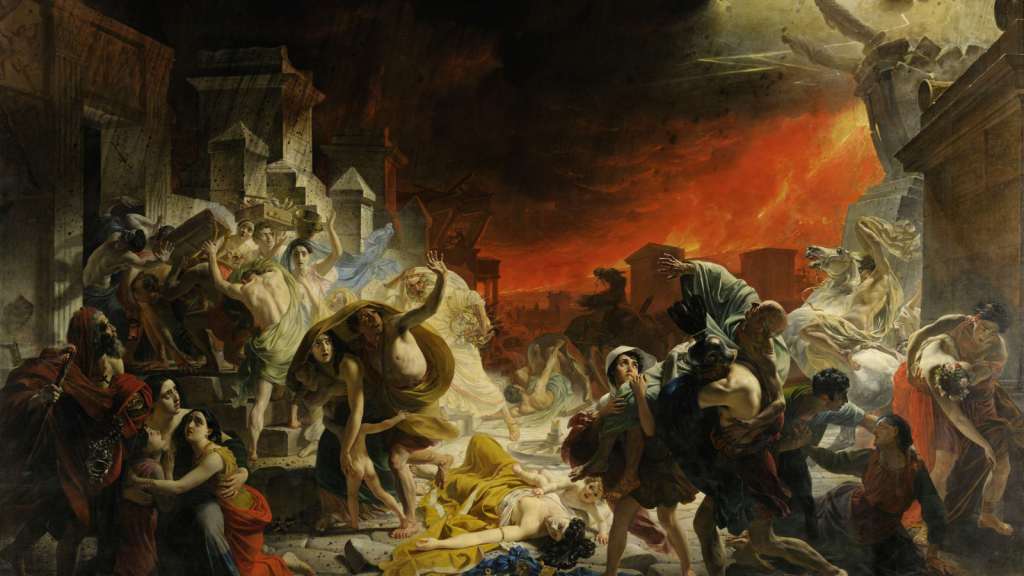
Mount Vesuvius erupted in 79 CE, burying the cities of Pompeii and Herculaneum in ash and preserving them in time. The tragedy provides us with incredible insights into Roman life, as homes, frescoes, and even the forms of people were frozen in the ash.
2. Krakatoa, Indonesia: The Explosion Heard Around the World
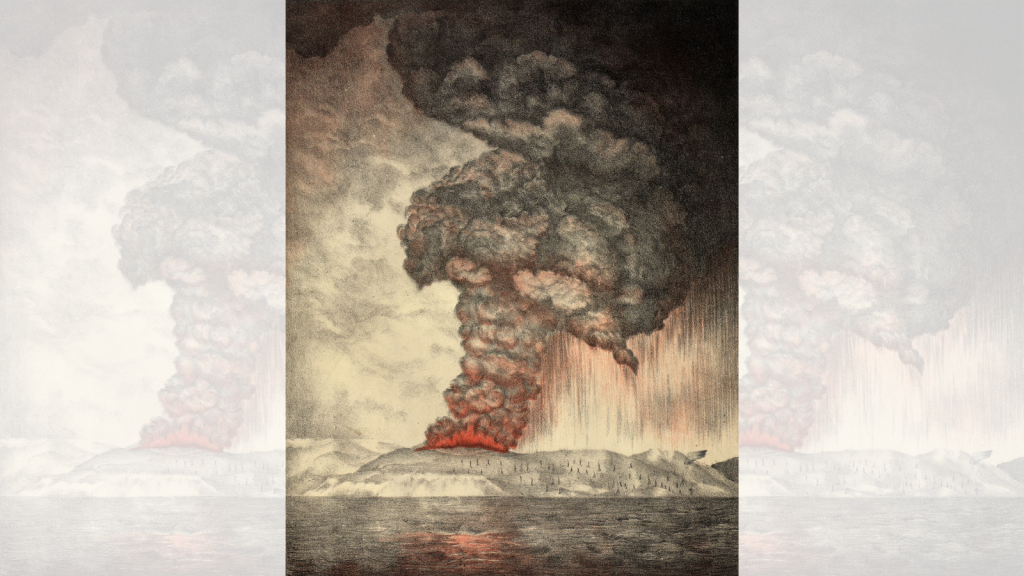
The 1883 eruption of Krakatoa was one of the loudest sounds in recorded history, heard up to 3,000 miles away. The explosion triggered massive tsunamis, killing tens of thousands, and sent ash into the atmosphere, cooling global temperatures for years.
3. Mount St. Helens, USA: A Modern Reminder of Nature’s Power
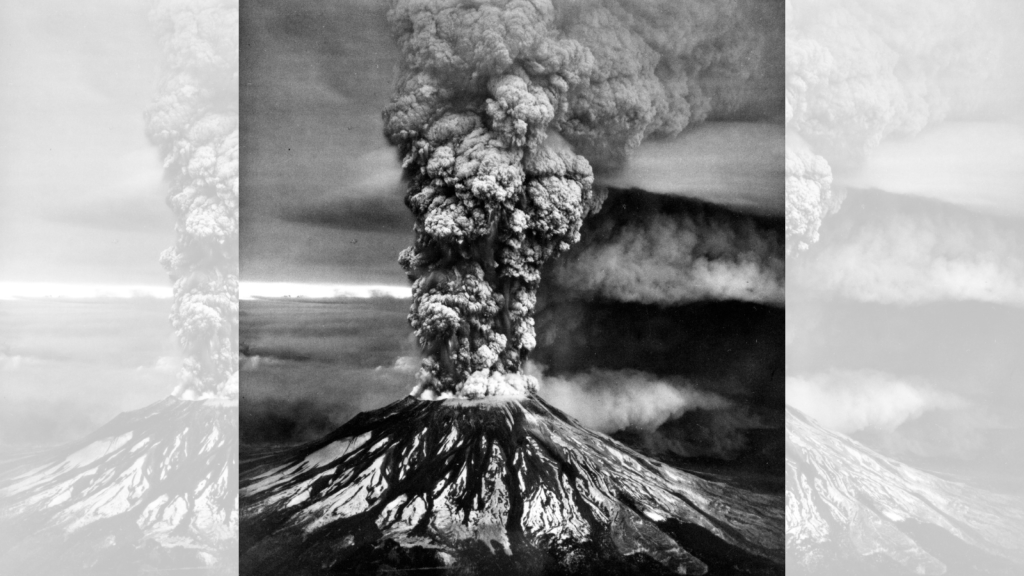
In 1980, Mount St. Helens erupted with a force that leveled nearby forests and reshaped the volcano itself. This eruption provided critical insights into volcanic behavior, helping scientists better predict future eruptions.
4. Santorini (Thera), Greece: Possible Cause of the Atlantis Legend
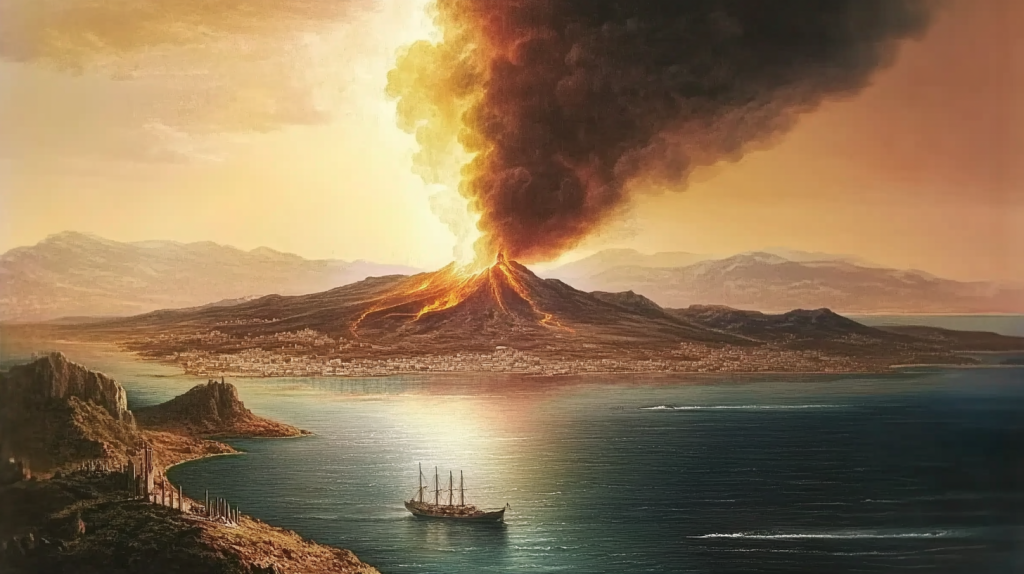
Around 1600 BCE, the eruption of Santorini devastated the Minoan civilization and may have inspired the legend of Atlantis. The eruption was so massive it left a large caldera and affected the climate, possibly disrupting civilizations in the Eastern Mediterranean.
5. Mount Tambora, Indonesia: The Eruption That Created “The Year Without a Summer”
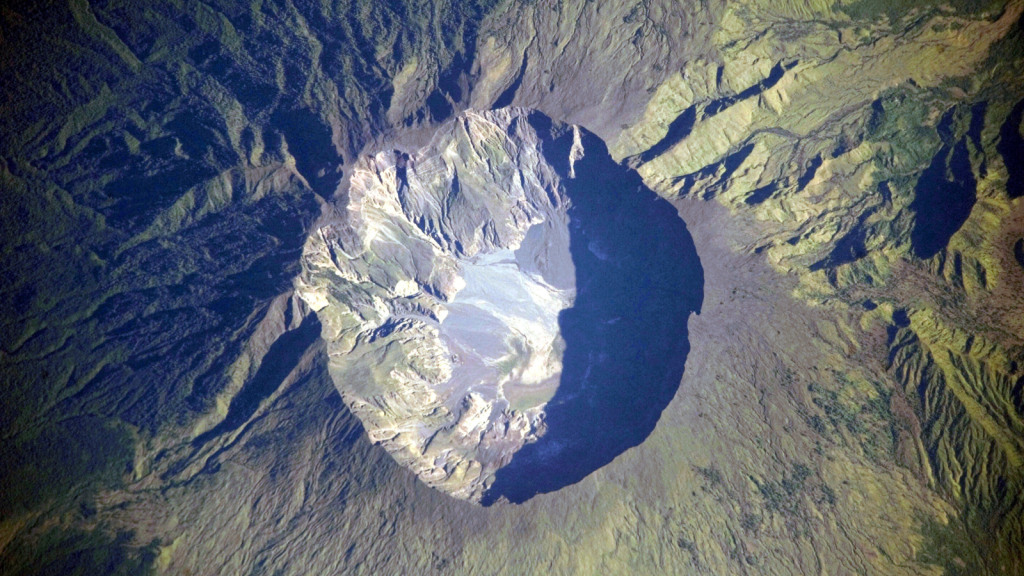
In 1815, Tambora’s eruption was the largest in recorded history. It lowered global temperatures, causing the “Year Without a Summer” in 1816. Crops failed, leading to famine and economic hardship, and inspiring eerie literature like Mary Shelley’s Frankenstein.
6. Mount Pinatubo, Philippines: Cooling the Earth in Modern Times
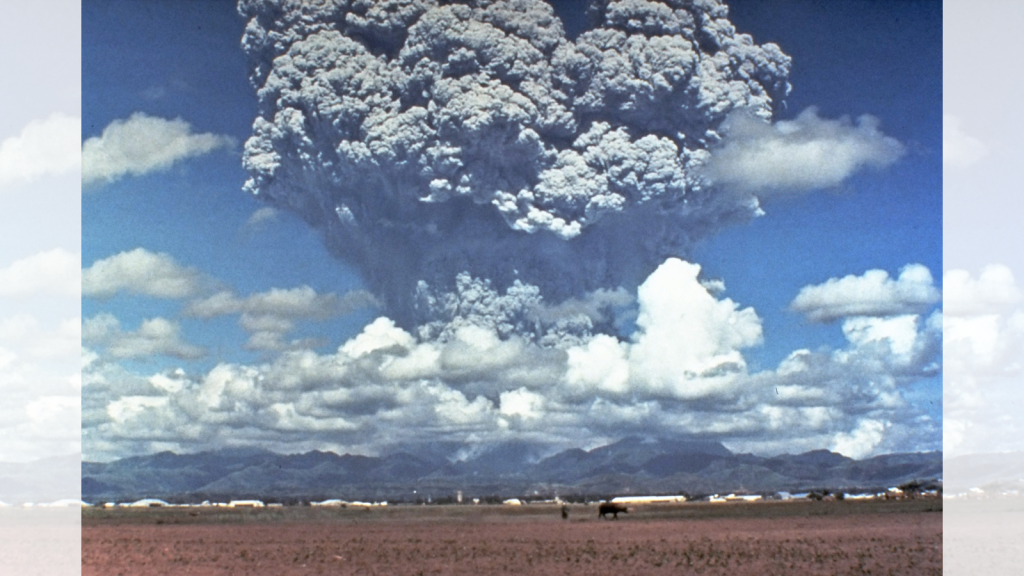
The 1991 eruption of Mount Pinatubo was one of the 20th century’s largest. Ash and sulfur dioxide released into the atmosphere cooled the Earth for two years, impacting weather patterns globally and highlighting the cooling effects of volcanic eruptions.
7. Laki, Iceland: The Eruption That Starved Europe
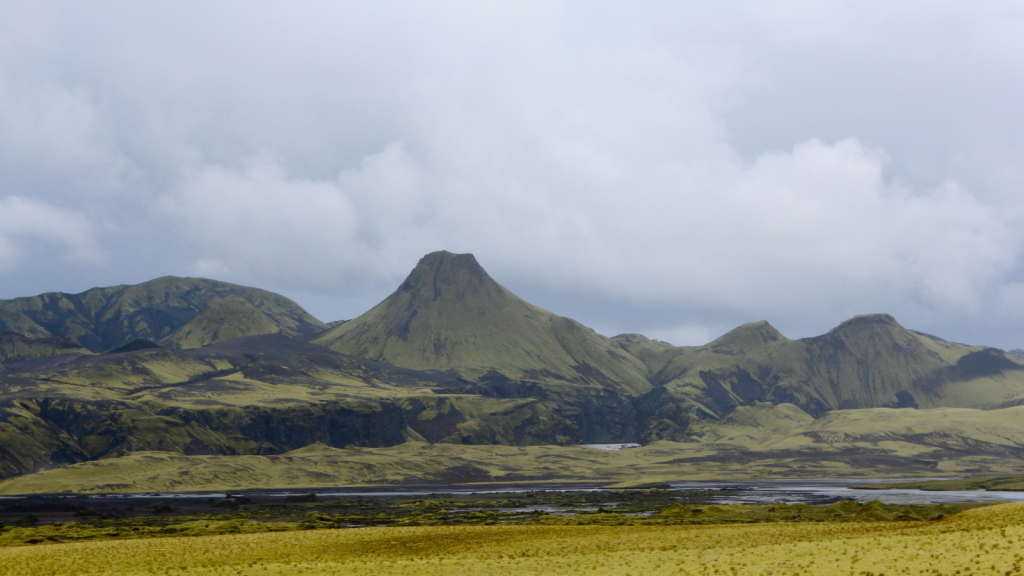
In 1783, Iceland’s Laki eruption released toxic gases, killing livestock and leading to widespread famine. The resulting famine and atmospheric changes affected much of Europe, even influencing the French Revolution by worsening economic conditions.
8. Mount Pelee, Martinique: Destroyer of a City
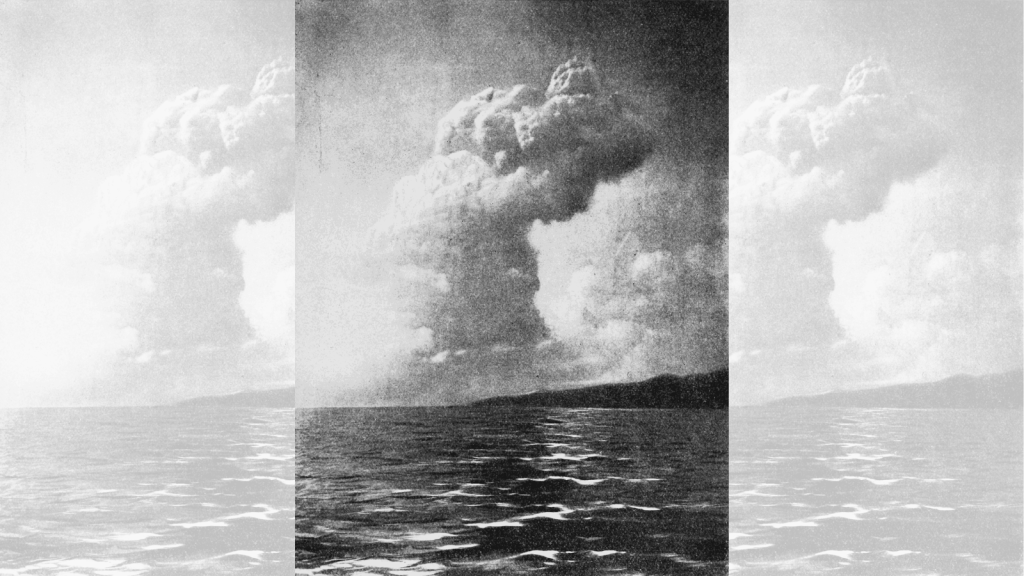
In 1902, Mount Pelee erupted on the Caribbean island of Martinique, killing nearly 30,000 people and wiping out the city of Saint-Pierre. This eruption remains one of the deadliest volcanic events of the 20th century.
9. Nevado del Ruiz, Colombia: The Tragedy of Armero
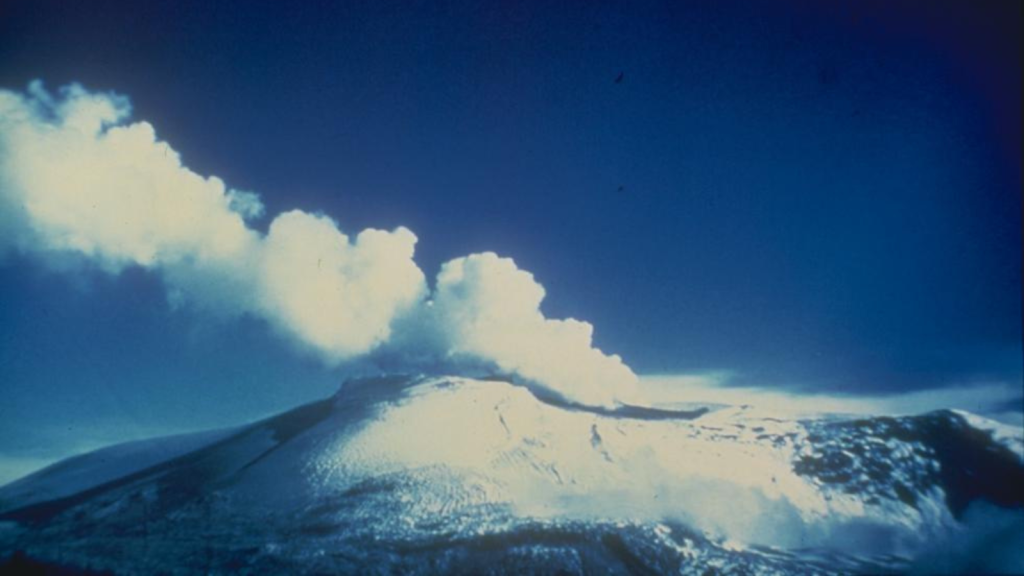
In 1985, an eruption at Nevado del Ruiz caused a massive mudslide, burying the town of Armero and killing over 23,000 people. It was one of the most tragic volcanic disasters of modern times, sparking a focus on volcanic disaster preparedness.
10. Mount Unzen, Japan: Birthplace of Volcano Science
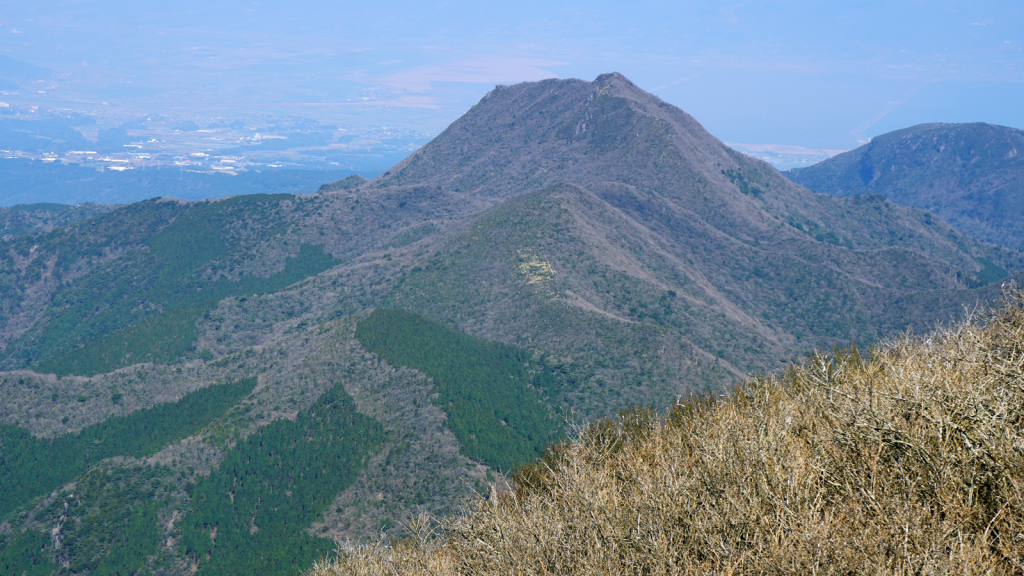
Mount Unzen’s eruptions in the 1790s marked the beginning of scientific study into volcanic eruptions. The volcano erupted violently, causing destructive landslides, and inspired one of the first recorded studies of volcanic eruptions.
11. Hekla, Iceland: Feared as the “Gateway to Hell”
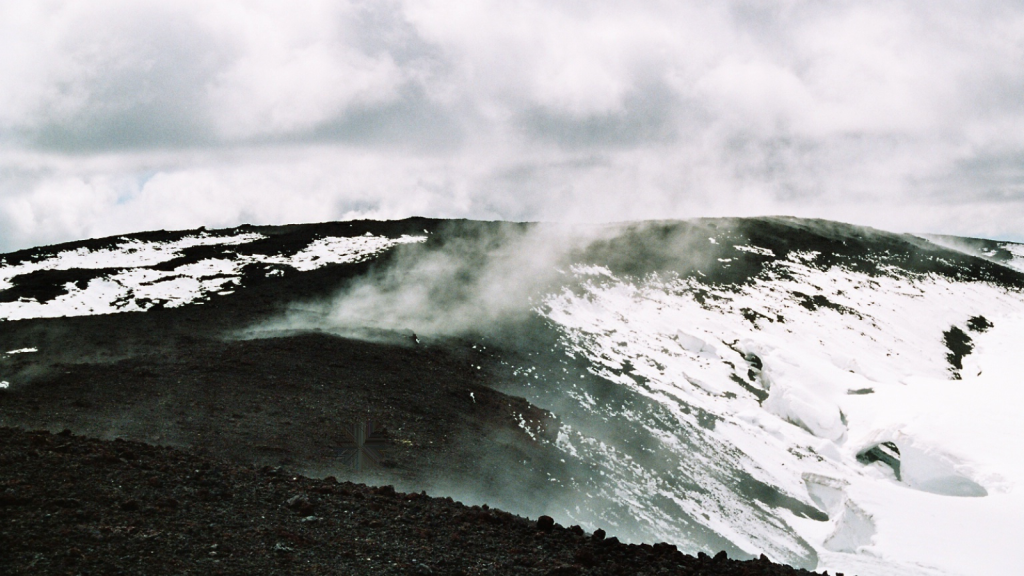
Hekla has erupted over 20 times since recorded history began, with its activity linked to crop failures and environmental impacts in Iceland and Europe. Medieval Europeans feared it so much they referred to it as an entrance to hell.
12. Mauna Loa, Hawaii: World’s Largest Active Volcano
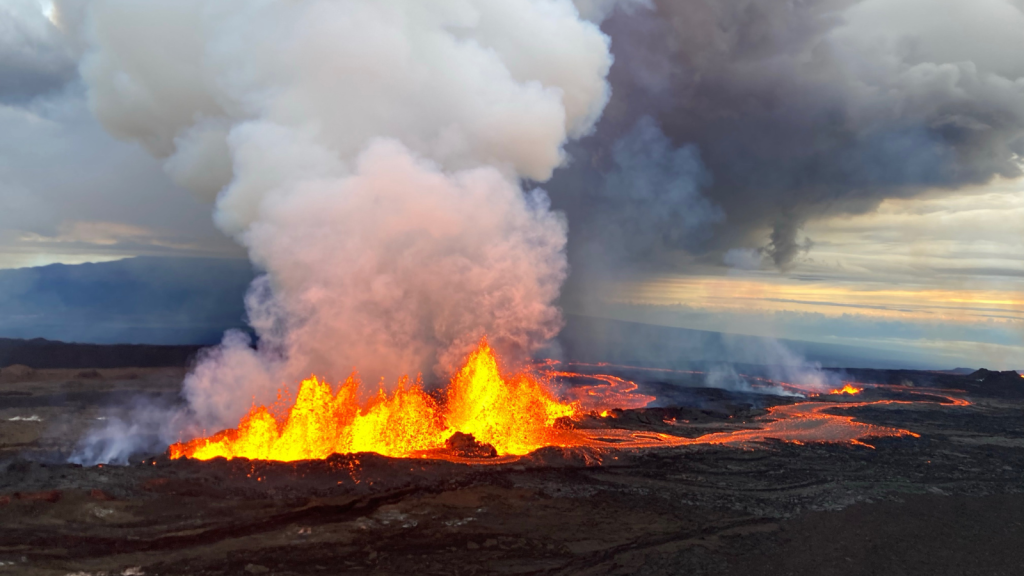
Mauna Loa’s eruptions over the past centuries have shaped Hawaiian society, as native Hawaiians learned to live with and respect its cycles. The lava flows created fertile lands that sustained Hawaiian agriculture and cultural practices.
13. Yellowstone, USA: Supervolcano with Massive Potential
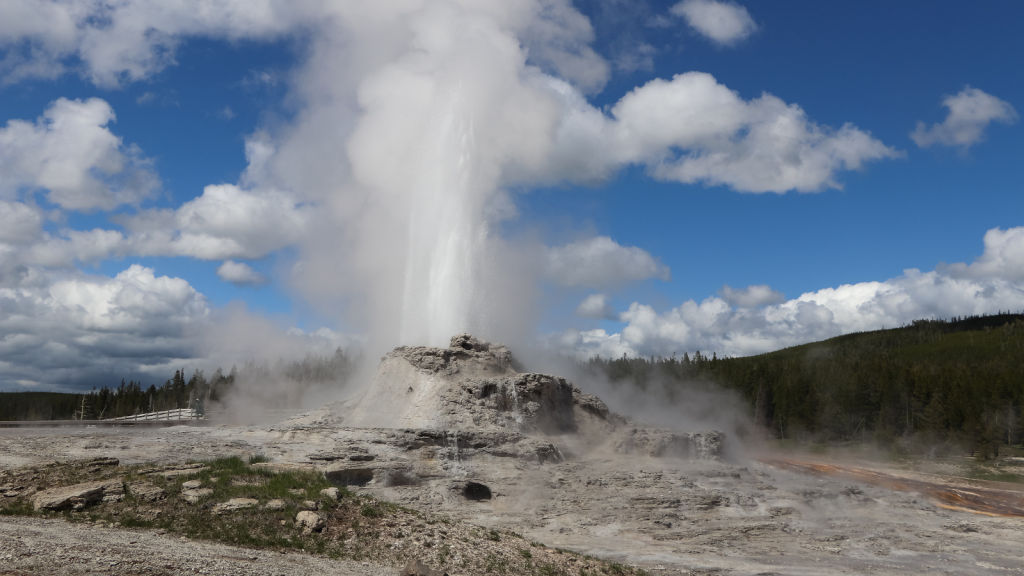
Yellowstone’s caldera is one of the largest supervolcanoes on Earth, though it hasn’t erupted in 640,000 years. An eruption could impact the entire planet’s climate, with global consequences far beyond the American West.
14. Etna, Italy: A Volcano That Fed Empires
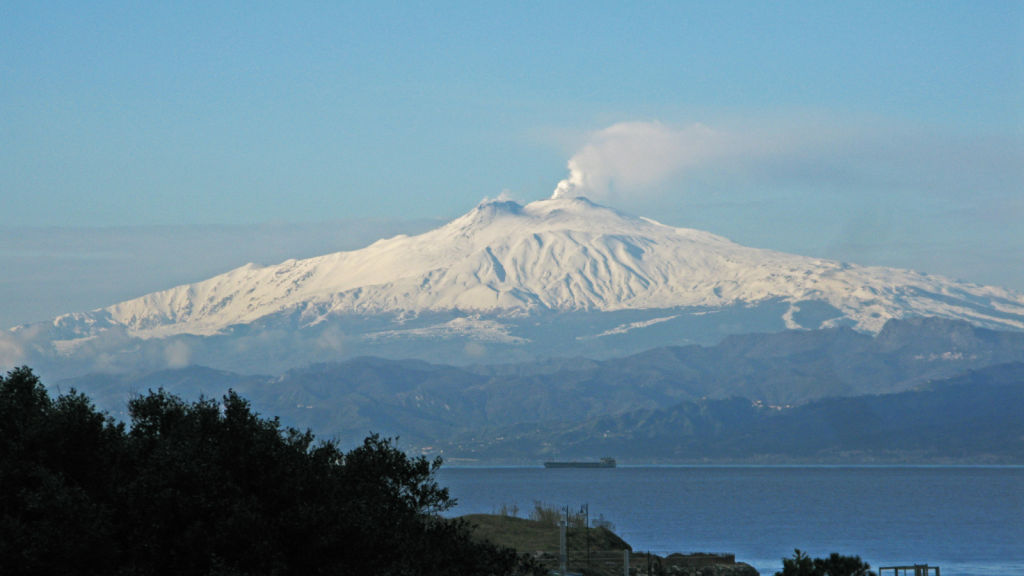
Mount Etna has erupted for thousands of years, but its fertile soil also supported ancient societies, including the Greek and Roman Empires. The volcanic soil sustained vineyards, olive groves, and agriculture, making it a pillar of ancient Sicilian life.
15. Mount Fuji, Japan: A Sacred Symbol and Threat
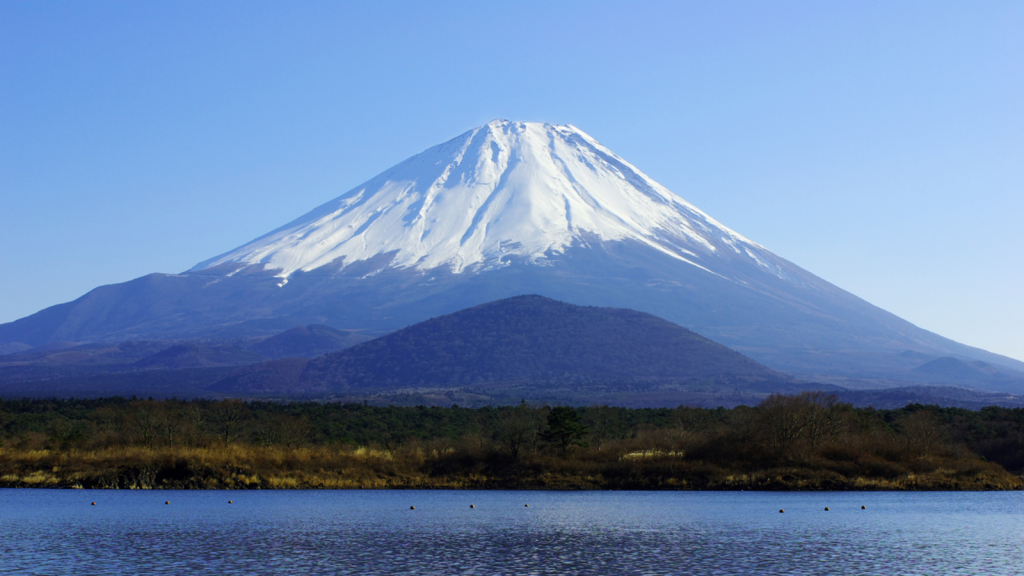
Mount Fuji last erupted in 1707, with ashfall affecting nearby Edo (modern-day Tokyo). Japan’s most famous volcano, Fuji-san holds deep cultural significance in Japan, and its reawakening would have major implications for the country today.
Ellen has been obsessed with logic puzzles, jigsaws, and cryptograms since she was a kid. After learning she was taught how to play chess wrong by a family friend (so they could win), she joined her school chess club and the rest is history.


